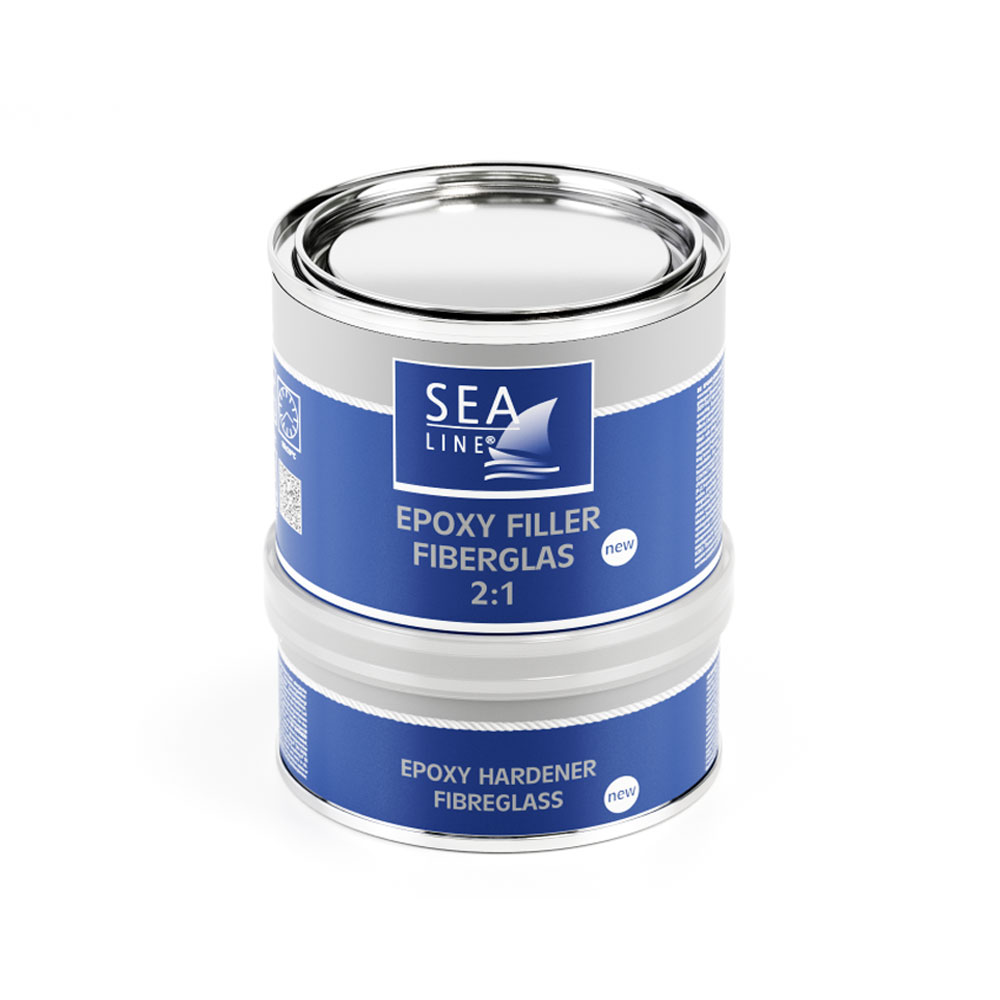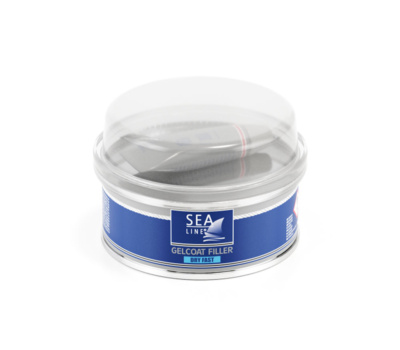Epoxy fillers, including fiberglass filler, are primarily the only fillers truly recommended for use both above and below the waterline.
They can certainly be applied to hull components constantly immersed in water as well. In short, they can be used on fiberglass, wood, steel, and aluminum.
| Weight | Code | |
|---|---|---|
| set (A+B) | 750 g | 12204 |
| component A | 5 kg | 12290 |
| component B (hardener) | 2,5 kg | 12291 |

| Type | GRP laminates, wood, steel, aluminum |
| Place | Above and below waterline |
| Function | Deep damages, gluing |
| Application | Putty knife |
| Color | light grey |

Epoxy fillers are primarily the only fillers recommended for use on hull components constantly immersed

Recommended for large areas due to low own weight

Gelcoat Filler is very fast hard and easy in use.
We do not recommend using universal thinners. The use of a thinner with an unknown composition may result in loss of adhesion, lack of proper flow of paint and varnish defects.